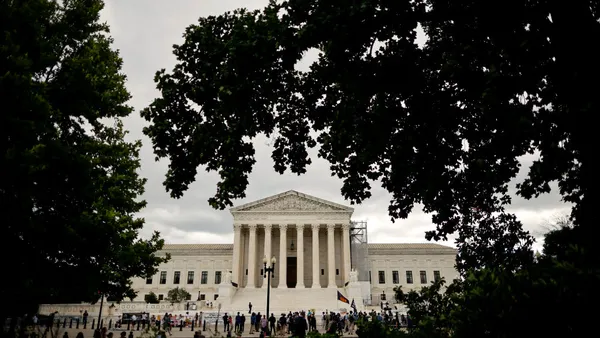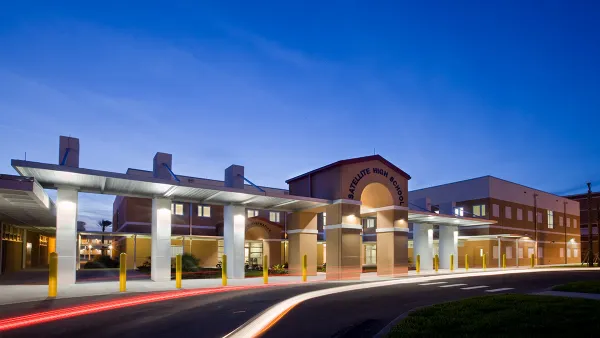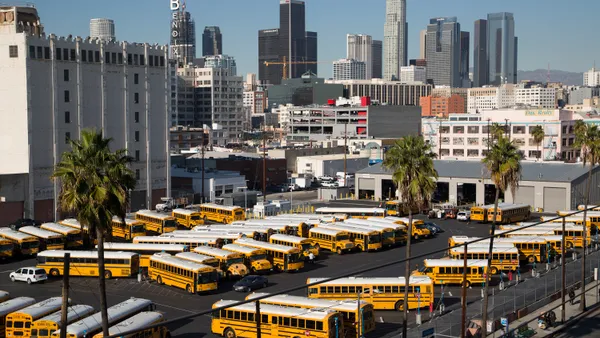Dive Brief:
- Student participation in the federally subsidized after-school suppers and snacks programs increased, respectively, by 6.4% and 5.3% between October 2022 and October 2023, a new report by the nonprofit Food Research & Action Center shows.
- On an average school day in October 2023,some 1.23 million children got an after-school supper, while 1.25 million children received after-school snacks, FRAC found.
- Even with this participation growth, however, said only 1 in 16 children who received free or reduced-price meals in October 2023 were served through the U.S. Department of Agriculture's Afterschool Supper Program.
Dive Insight:
Despite the slight uptick in participation in after-school meals, the total number of students served year over year remains low, the FRAC report said.
Still, the latest figures show that after-school meal participation is beginning to rebound from the pandemic and the fallout from the end of related waiver flexibilities in 2022, the nonprofit said.
After-school supper participation dropped for the first time in October 2022, when it decreased by 23% from October 2021. The decline came just a year after participation had hit a record high of 1.49 million children in October 2021, according to FRAC.
FRAC's after-school meals report follows the U.S. Department of Agriculture’s release of data in September showing that food insecurity among children rose for the second consecutive year. Between 2022 and 2023, children saw a slight increase in food insecurity rates — up from 8.8% to 8.9%, according to USDA. But in 2021, the food insecurity rate among children was notably lower at 6.2%.
The after-school nutrition programs, which serves meals and snacks to students attending after-school education programs, was established in 1998 as the Afterschool Snack Program. The 2010 Healthy, Hunger-Free Kids Act expanded the program to serve suppers as well.
“The Afterschool Supper Program offers a crucial opportunity to access federal funding designated for providing suppers and addressing the significant rise in child food insecurity seen over the last few years,” the FRAC analysis said.
To expand access to after-school nutrition services, FRAC recommends that federal policymakers:
- Consolidate after-school and summer nutrition programs into a single year-round program under the Summer Food Service Program to “reduce redundant paperwork and support sponsors in serving children more effectively.”
- Permit school food authorities to serve suppers through the National School Lunch Program. Currently, schools are only allowed to serve after-school snacks through NSLP.
- Lower the area eligibility threshold for sites to participate in the after-school meals program. FRAC suggests specifically lowering the threshold requiring sites to be located in areas where 50% of children are eligible for free or reduced-price meals to 40%.








 Dive Awards
Dive Awards






